Best Toilet Kits NZ: Solve Weak Flush & Space Issues Easily

How to choose a toilet kit for your New Zealand bathroom
Choosing a toilet kit for a New Zealand bathroom? Solve these 3 headaches first!
Have you ever encountered these embarrassments?
- The flush is weak, and stains remain after repeated pressing
- Cleaning dead corners hides dirt and grime, and brushing the toilet every week is like fighting a war
- The space is cramped, and traditional toilets make it difficult to turn around in the bathroom
Choosing a toilet kit in New Zealand is no small matter - it directly determines your toilet experience in the next 5-10 years!
View our toilet kits collection1. Avoid installation minefields
3 measurements must be made, otherwise the wall may be demolished and reworked:
Sewage pipe positioning (90% of families choose the wrong size)
Take the tape measure close to the wall and measure the distance to the center of the drain pipe (New Zealand mainstream 180mm/220mm, error > 10mm requires the installation of a shifter)
Life and death space line (small bathrooms are most likely to overturn)
Width < 650mm? Directly exclude back-to-wall toilets
Leave at least 600mm from the front of the toilet to the door/shower room, otherwise your knees will hit the wall
Water inlet explosion point
The water inlet valve in old houses is often lower than 200mm. Be sure to take a photo for the seller to confirm before buying a toilet, otherwise the water tank will not fit
Choose 1 of 2 drainage methods (if you choose the wrong one, you will have to smash the floor tiles):
S-bend: floor drainage, common in old houses (check the location of the floor drain)
P-bend: wall drainage, standard for new houses (need to confirm the protruding length of the pipe)
(Attachment: According to data from the New Zealand Plumbing Association, 23% of toilet installation disputes are caused by misjudgment of drainage methods)
2. Choose the toilet type according to needs
| Type | Who is suitable for it? | What you need to pay attention to |
|---|---|---|
| Compact toilet | Renters/owners of small bathrooms | Save space but the gap behind the toilet is difficult to clean |
| Back-to-wall toilet | Newly renovated families who pursue appearance | Need to remove the wall to embed the water tank, the labor cost is twice as expensive |
| Hanging toilet | High-end decoration/family with elderly and children | Installation requires reinforcement of the load-bearing wall, the total cost may exceed $2000 |
| Connected toilet | Old house/odd house renovation | Can adapt to special pipes but looks like a 90s office |
III. Core purchasing indicators
Water-saving performance (WELS rating)
3 stars↑: single flush ≤4.5L (recommended for New Zealand families).
Dual flush mode: solid/liquid separate flush (such as 4.5L/3L combination).
Comfort design
Sitting height: standard height (400-450mm) or heightened version (480-500mm, suitable for the elderly).
Glazed process: choose a fully glazed sewage pipe to reduce stain residue.
Installation compatibility
Confirm whether additional accessories (such as shifters, flange rings) are required, especially for renovation of old houses.
IV. Reference of popular brands in the New Zealand market
| Brand | Features | Price range (NZD) |
|---|---|---|
| Caroma | Local brand, high water-saving performance | $350 - $1,200 |
| Toto | Japanese high-end, smart toilet option | $800 - $3,500 |
| Mizu | High cost performance, suitable for rental houses | $200 - $600 |
| Geberit | European technology, expert in hidden water tank systems | $1,000 - $4,000 |
V. Solve three major bathroom problems
1. Small bathroom savior
Problem: It is difficult to turn around? The toilet takes up half of the space?
Solution:
✔ Short projection model (≤600mm) - 10cm shorter than ordinary toilets, the aisle becomes wider instantly
✔ Corner installation type - use dead corners to release the central area
2. Low water pressure in old houses
Problem: Flush powerless? Always have to press repeatedly?
Solution: ✔ Gravity flushing - no booster pump required, 3L of water can flush at once (avoid the noisy pressure-assisted model)
3. Elderly/pregnant women at home
Problem: Hard to get up? Safety hazard?
Solution: ✔ Heightened model (48-50cm) - Reduce knee pressure (standard 40cm is too low)
✔ NZS 4121 certified handrail - non-slip load-bearing, the same safety design as the clinic
VI. Professional pit avoidance guide
Don't let the installation ruin a good toilet
Concealed works in New Zealand must be operated by licensed plumbers (violations may face a fine of $500-$10,000), especially when it involves wall tanks or drainage modifications.
Say no to "Pictures are for reference only"
Try sitting on site at NZHomeware:
✓ Feel whether the curvature of the seat ring hurts your legs
✓ Test the rebound sensitivity of the button (the failure rate of the double-flush button is the highest)
Hidden secrets in the warranty
Be wary of the clause "5-year warranty but only for ceramic parts", and give priority to the all-inclusive warranty covering the valve body/water inlet parts.
FAQ
Q1: Can the toilet really help me save water bills? How much can it save?
A1: Of course it can! New Zealand's water bills have been rising year after year, and the old-fashioned toilet can flush up to 9L per time, while the new water-saving toilet only uses 3-4.5L. Calculated based on a family of three, upgrading to a 3-star WELS toilet will save at least $150 in water bills per year, and pay back in 2 years.
Q2: Is the back-to-wall toilet worth the price?
A2: Every time you kneel down to brush the back of the toilet, you are already paying for it. The back-to-wall design makes the water tank and pipes completely invisible, not only eliminating the dead corners where mold grows, but also expanding the visual area of the bathroom by 20%. For housewives who have to spend half an hour kneeling to clean every week, or children who are allergic to dust, this investment is equivalent to buying health and time with money.
Q3: It is difficult to turn around in the bathroom, how to choose a toilet?
A3: Don't let the toilet eat up your living space! The short wall-mounted toilet (length ≈ notebook size) can grab back 25cm of aisle distance, and with the curved seat design, fat people will not bruise their knees when turning around. Imagine: Finally, you can put the dirty clothes basket comfortably, instead of being tripped by the toilet legs every time - this is the dignity that a small bathroom should have.
Q4: It is difficult for the elderly to get up using an ordinary toilet. What are the safety solutions?
A4: The raised toilet (48-50cm seat height) can reduce the force on the knees by 40%, and it is safer with the side armrest (detachable version is about $89). Note: Check the anti-slip tiles on the floor at the same time to avoid falls caused by height changes.
Q5: Which one is more suitable for old houses, the connection type or the tight type toilet?
A5: Pipes in old houses are prone to misalignment? Choose the connection type! Its adjustable drain pipe can be compatible with non-standard spacing (180-280mm), and the installation fee is $300+ cheaper than remodeling wall pipes. But if you pursue beauty, the tight type needs to ensure that the sewage outlet is completely matched.
>> Confused about details?
New Zealand plumbers suggest: Take photos to record the location of the sewage outlet of the existing toilet and measure the distance from the wall to the pit. 90% of installation problems can be avoided in advance.
Ready to Upgrade Your Bathroom?
Get expert advice and find the perfect toilet for your New Zealand home
Browse All Toilet Kits
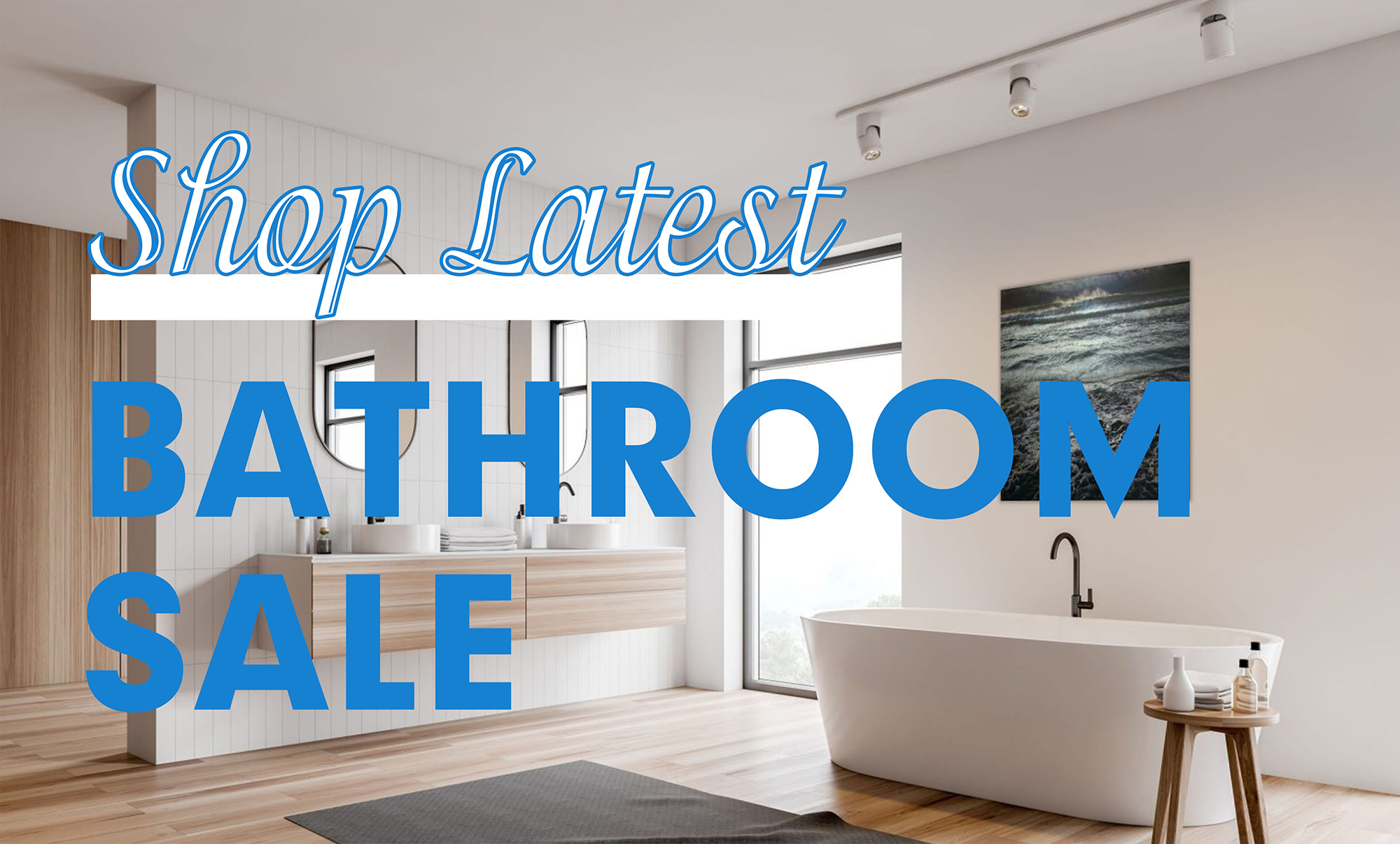
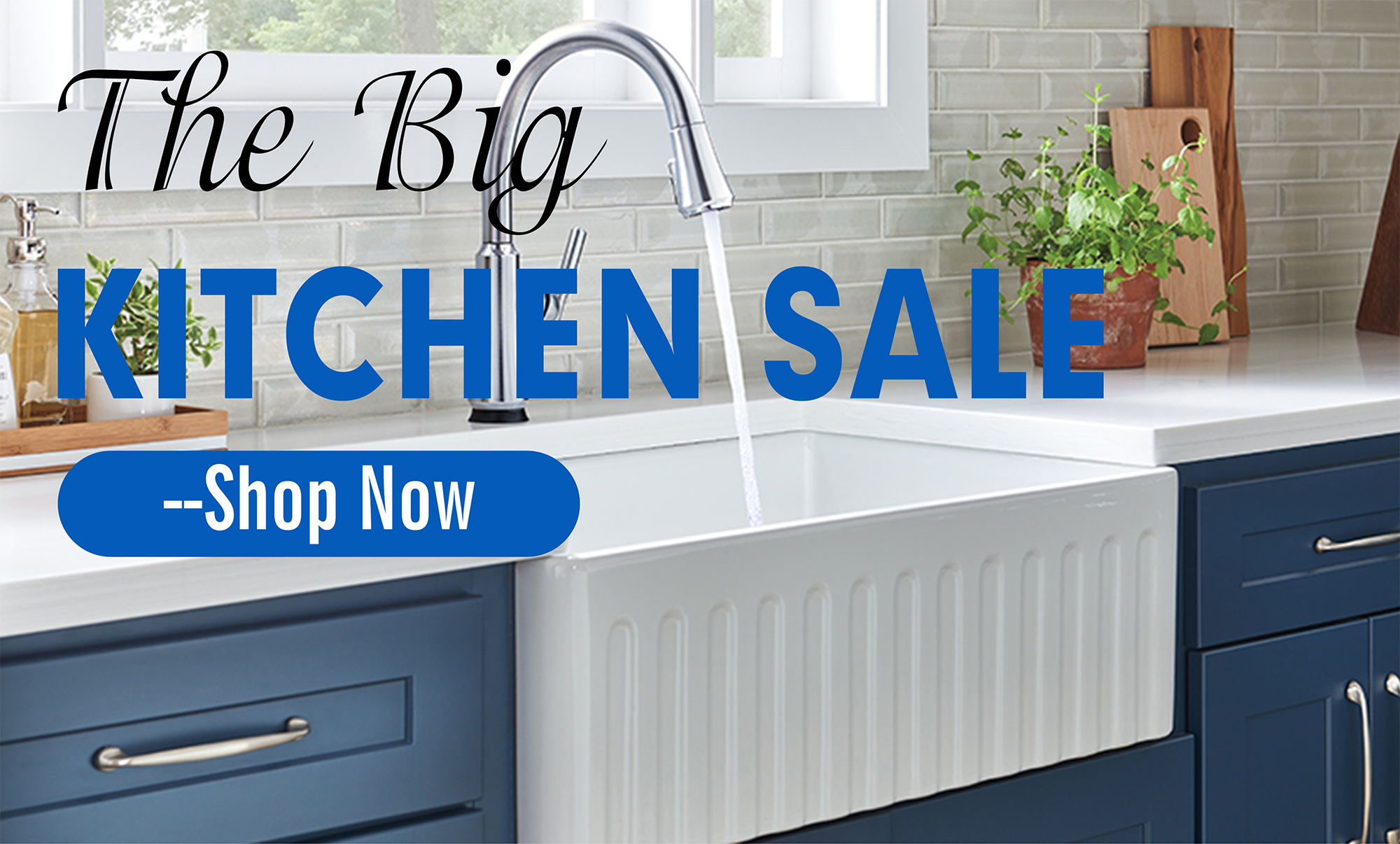

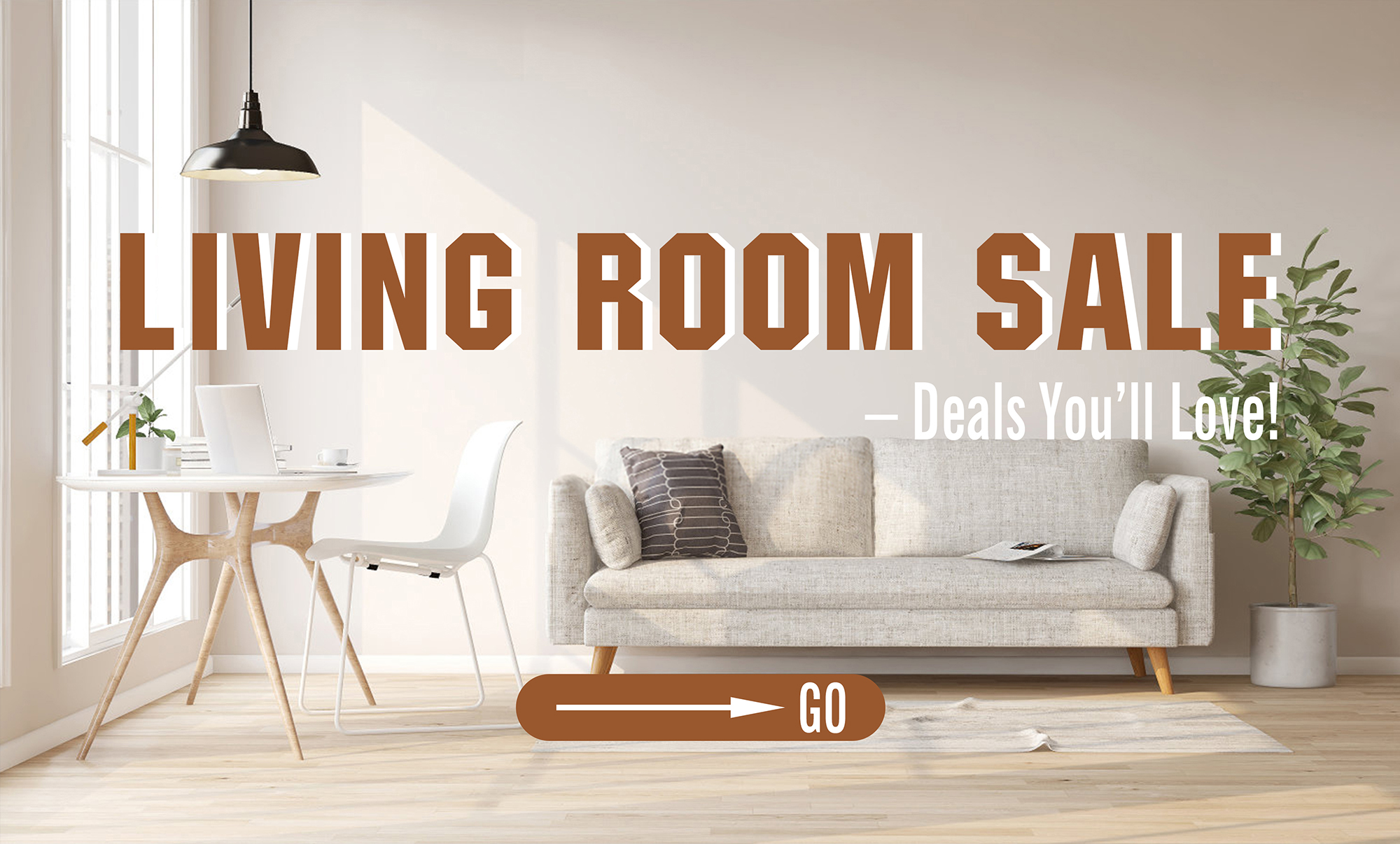

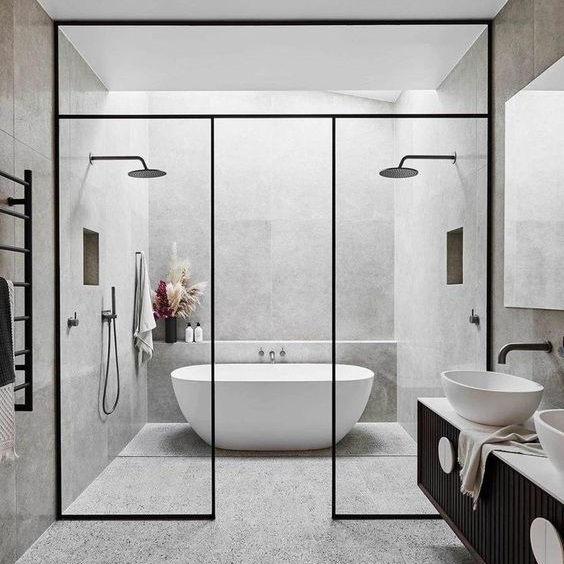
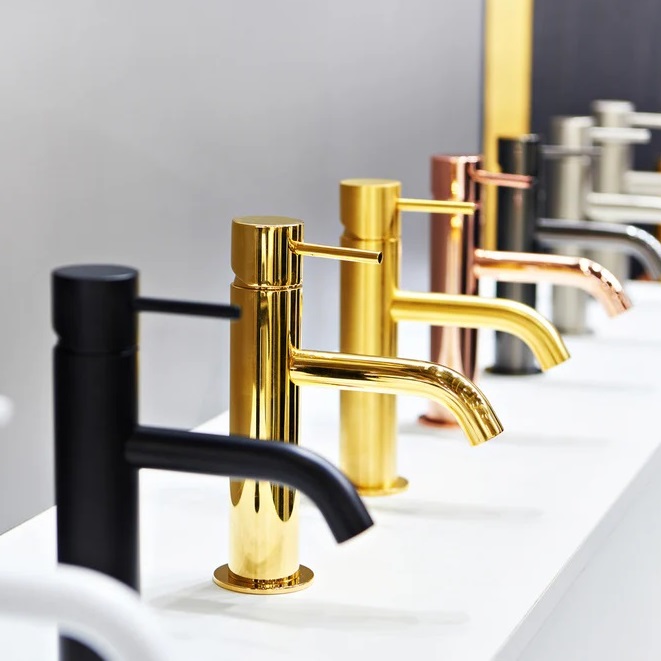
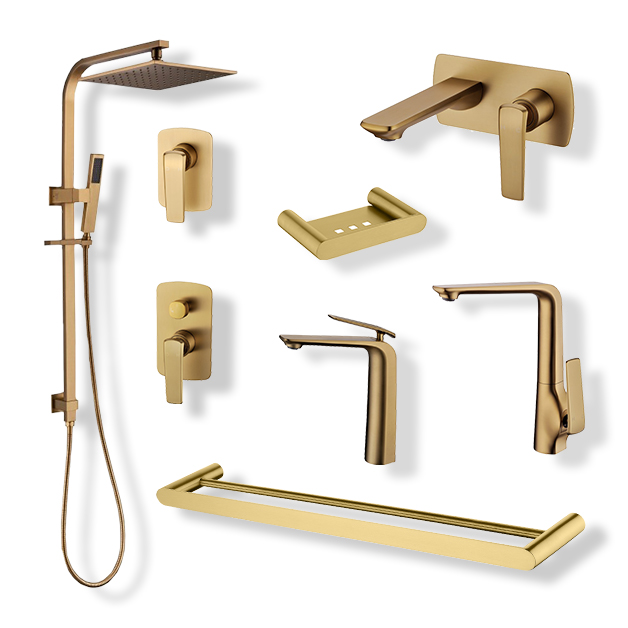



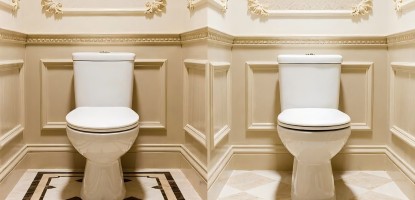
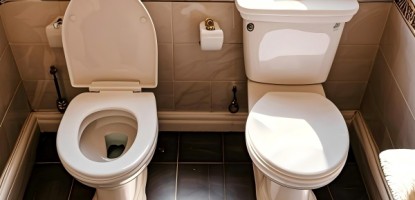


Leave a Comment